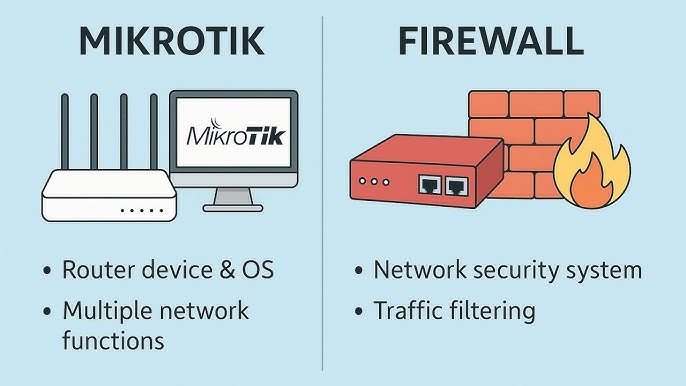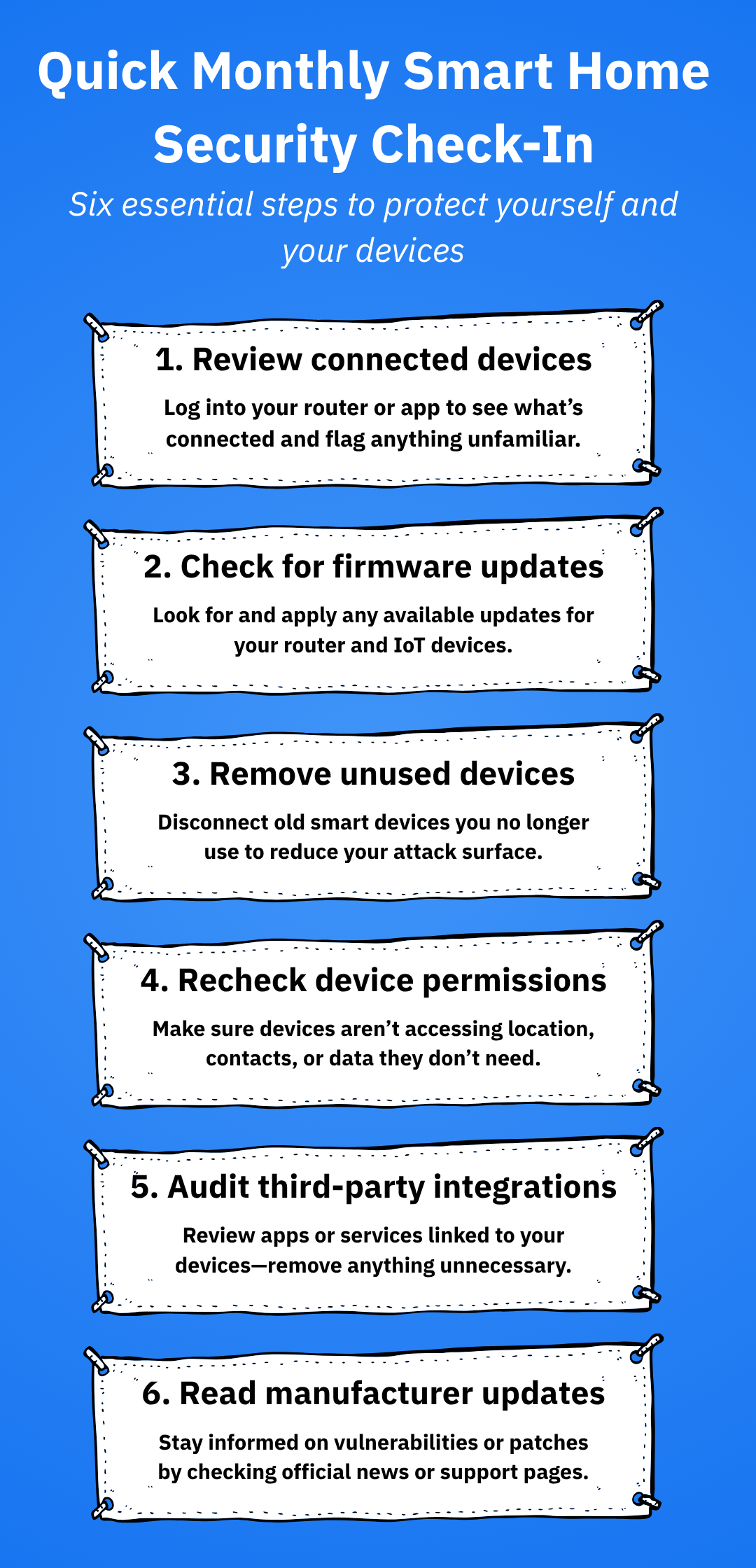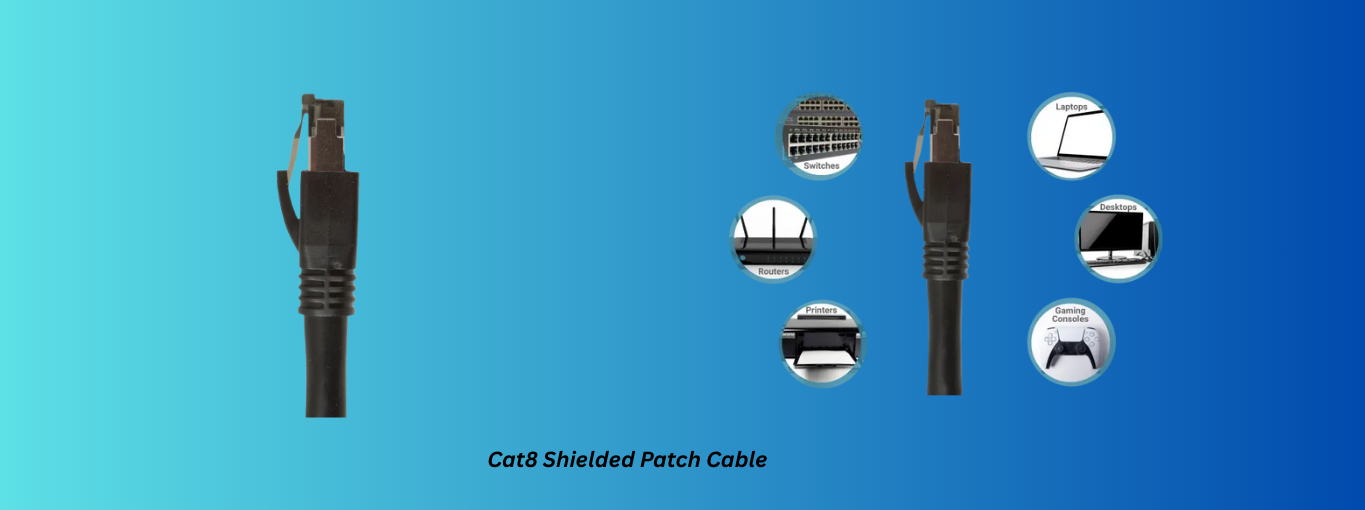You rely on your internet connection every day, but have you ever stopped to think about how safe it really is? Your router firewall plays a key role in protecting your personal information and devices from online threats.
Understanding what a router firewall is can give you the power to keep your network secure and your data private. This article will break down the basics in simple terms, so you can take control of your digital safety right now.
Ready to find out how this invisible guard works for you? Let’s dive in.
Router Firewall Basics
A router firewall helps protect your home or office network. It controls the data coming in and going out.
This device acts like a barrier between your devices and the internet. It blocks harmful traffic and allows safe traffic.
Role In Network Security
The router firewall stops unwanted access to your network. It keeps hackers and viruses away from your devices.
It also monitors data packets to make sure only trusted information passes through. This keeps your network safe.
How It Works
The router firewall checks each data packet entering or leaving the network. It decides if the packet is safe or dangerous.
It uses rules set by the user or manufacturer. These rules help block bad traffic and allow good traffic.
- Filters data based on IP addresses
- Blocks unauthorized ports
- Inspects data for harmful content
- Logs traffic for monitoring
Types Of Router Firewalls
There are several types of router firewalls. Each type offers different levels of protection.
- Packet-Filtering Firewall:Checks data packets for basic rules like IP address and port.
- Stateful Inspection Firewall:Tracks the state of active connections for better security.
- Proxy Firewall:Acts as a middleman between your network and the internet.
- Next-Generation Firewall (NGFW):Includes extra features like intrusion prevention and application control.
Key Features Of Router Firewalls
Router firewalls protect your home or office network from unwanted access. They control data that enters or leaves your network.
These firewalls use several key features to keep your devices safe and secure.
Packet Filtering
Packet filtering checks data packets based on rules set by the user or device. It looks at packet headers to decide if they are safe.
Packets that do not meet the rules are blocked from entering or leaving the network.
- Filters by IP addresses
- Checks protocol type
- Blocks or allows packets based on rules
Stateful Inspection
Stateful inspection tracks the state of active connections. It remembers past packets to make better decisions.
This feature allows the firewall to block suspicious packets that do not fit the connection’s pattern.
- Monitors ongoing connections
- Checks if packets belong to a valid session
- Enhances security by understanding traffic context
Nat And Port Forwarding
NAT (Network Address Translation) hides private IP addresses from the internet. It lets many devices share one public IP.
Port forwarding opens specific ports to allow outside access to devices inside the network.
- NAT protects device identity
- Port forwarding supports gaming and servers
- Controls which services are accessible externally
Setting Up A Router Firewall
A router firewall helps protect your home or office network. It blocks unwanted internet traffic to keep devices safe.
Setting up the firewall on your router is important for better security. You can control which data enters or leaves your network.
Accessing Router Settings
To set up your firewall, you first need to access your router’s settings. This usually happens through a web browser.
Enter the router’s IP address in the browser’s address bar. Common addresses are 192.168.0.1 or 192.168.1.1.
- Connect to your Wi-Fi or use a network cable
- Open a web browser
- Type the router’s IP address and press Enter
- Log in with your username and password
Configuring Firewall Rules
Firewall rules control how your router handles data from the internet. You can allow or block certain types of traffic.
Set rules based on IP addresses, ports, or protocols to protect your network from threats.
- Find the firewall or security section in settings
- Enable the firewall if it is off
- Create rules to block or allow traffic
- Save the settings and restart the router if needed
Common Mistakes To Avoid
Some errors can weaken your router firewall. Avoid them to keep your network safe.
- Not changing the default username and password
- Turning off the firewall without good reason
- Setting rules that block important services
- Ignoring firmware updates that fix security problems
Credit: www.researchgate.net
Benefits Of Using A Router Firewall
A router firewall protects your home or business network. It acts as a barrier between your devices and the internet.
Using a router firewall helps keep your data safe and controls the flow of traffic in your network.
Enhanced Security
A router firewall blocks harmful data and stops attacks before they reach your devices. It keeps viruses and hackers away.
The firewall scans incoming and outgoing data for threats. It helps protect personal and business information.
Traffic Control
A router firewall manages the data that moves through your network. It allows safe traffic and blocks unwanted traffic.
You can set rules to limit certain types of internet use. This helps improve network speed and reliability.
Preventing Unauthorized Access
The firewall stops unknown devices from joining your network. It requires permission before new devices can connect.
This control keeps strangers out and protects your network from misuse or data theft.
Challenges And Limitations
Router firewalls help protect networks by filtering traffic. They block unwanted access and keep data safe.
Despite their benefits, router firewalls face several challenges and limits. These issues can affect their effectiveness.
Performance Impact
Router firewalls inspect each data packet before sending it. This process can slow down network speed.
When many rules are applied, the router takes more time to check traffic. This causes delays and lag.
- Slower internet speed during high traffic
- Increased delay in data transmission
- Possible overload on router hardware
Complex Configurations
Setting up a router firewall can be difficult for beginners. It needs many detailed rules to work well.
Complex settings may cause mistakes. Wrong rules can block good traffic or allow bad traffic.
- Requires understanding of network protocols
- Needs constant updates and monitoring
- Misconfigurations reduce security
Bypassing Techniques
Attackers try to bypass router firewalls using tricks. They may use encrypted data or fake addresses.
Some bypass methods include tunneling and using non-standard ports. These make it hard for firewalls to detect threats.
- VPNs can hide harmful traffic
- Proxy servers mask user IP addresses
- Encrypted packets avoid inspection
Best Practices For Network Security
A router firewall helps protect your home or office network. It blocks unwanted access from the internet.
Following best practices keeps your network safe and your data private. Small steps make a big difference.
Regular Firmware Updates
Firmware is the software inside your router. It controls how the router works.
Updating firmware fixes security holes and adds new protections. Without updates, your router is at risk.
- Check for updates often, at least once a month
- Install updates as soon as they are available
- Use the router’s official website or app to update
Strong Password Policies
Use strong passwords to stop hackers from breaking into your router. Weak passwords are easy to guess.
A good password has letters, numbers, and symbols. It should be at least 12 characters long.
- Change the default router password immediately
- Create unique passwords for different devices
- Use a password manager to keep track of passwords
Combining With Other Security Tools
A router firewall works best with other security tools. These tools add extra layers of protection.
Examples include antivirus software, VPNs, and network monitoring apps. Together, they help detect and stop threats.
- Use antivirus software on all devices
- Set up a VPN for secure internet access
- Monitor network activity to spot unusual behavior
Future Trends In Router Firewalls
Router firewalls protect networks by controlling incoming and outgoing traffic. They stop harmful data from reaching devices.
New trends in router firewalls aim to improve security and manage growing internet needs. These trends focus on smarter and more flexible protection.
Ai And Machine Learning Integration
Artificial intelligence (AI) and machine learning help firewalls learn from data patterns. This makes it easier to find threats fast.
AI can spot unusual activities that may mean an attack. It helps routers block new threats without human help.
- Detects unusual network behavior automatically
- Adapts to new types of cyber attacks quickly
- Reduces false alarms for better accuracy
Cloud-based Firewall Solutions
Cloud-based firewalls store security functions online instead of on local devices. This gives more flexibility and easier updates.
These firewalls can protect many devices across different locations. They also scale up easily when networks grow.
- Central control for multiple networks
- Automatic updates with latest security rules
- Cost-effective for businesses of all sizes
Iot Security Considerations
Internet of Things (IoT) devices connect many smart gadgets to the network. These devices need special firewall protection.
Future firewalls will focus on securing IoT devices. They will watch for unusual device behavior and block threats fast.
- Monitors traffic from all IoT devices
- Blocks suspicious activity automatically
- Supports many different device types

Credit: www.blackwiredesigns.com

Credit: notes.kodekloud.com
Frequently Asked Questions
What Is A Router Firewall?
A router firewall is a security feature in routers. It filters incoming and outgoing network traffic. This helps protect your network from unauthorized access and cyber threats. By blocking suspicious data packets, it ensures a safer internet experience. It acts as a barrier between your internal network and the internet.
How Does A Router Firewall Work?
A router firewall works by analyzing data packets. It uses predefined security rules to permit or deny traffic. This helps in preventing unauthorized access to your network. By monitoring traffic, it ensures only safe data enters or exits. It acts as the first line of defense against cyber threats.
Why Is A Router Firewall Important?
A router firewall is essential for network security. It protects against unauthorized access and cyber threats. By filtering traffic, it ensures safe data transmission. This enhances the overall security of your internet connection. It is crucial for safeguarding personal and sensitive information from malicious activities.
Can A Router Firewall Be Disabled?
Yes, a router firewall can be disabled. However, it’s not recommended to do so. Disabling it can expose your network to security risks. It removes the protective barrier against unauthorized access. Ensure you understand the risks before making changes. Always prioritize network security and data protection.
Conclusion
A router firewall helps protect your network from online threats. It blocks unwanted access and keeps your data safe. Using one adds a strong layer of security at home or work. It controls traffic and stops hackers from entering your system.
Everyone should consider having a router firewall for peace of mind. Simple to set up and effective in action. A small step that makes a big difference in online safety.
18 min read






